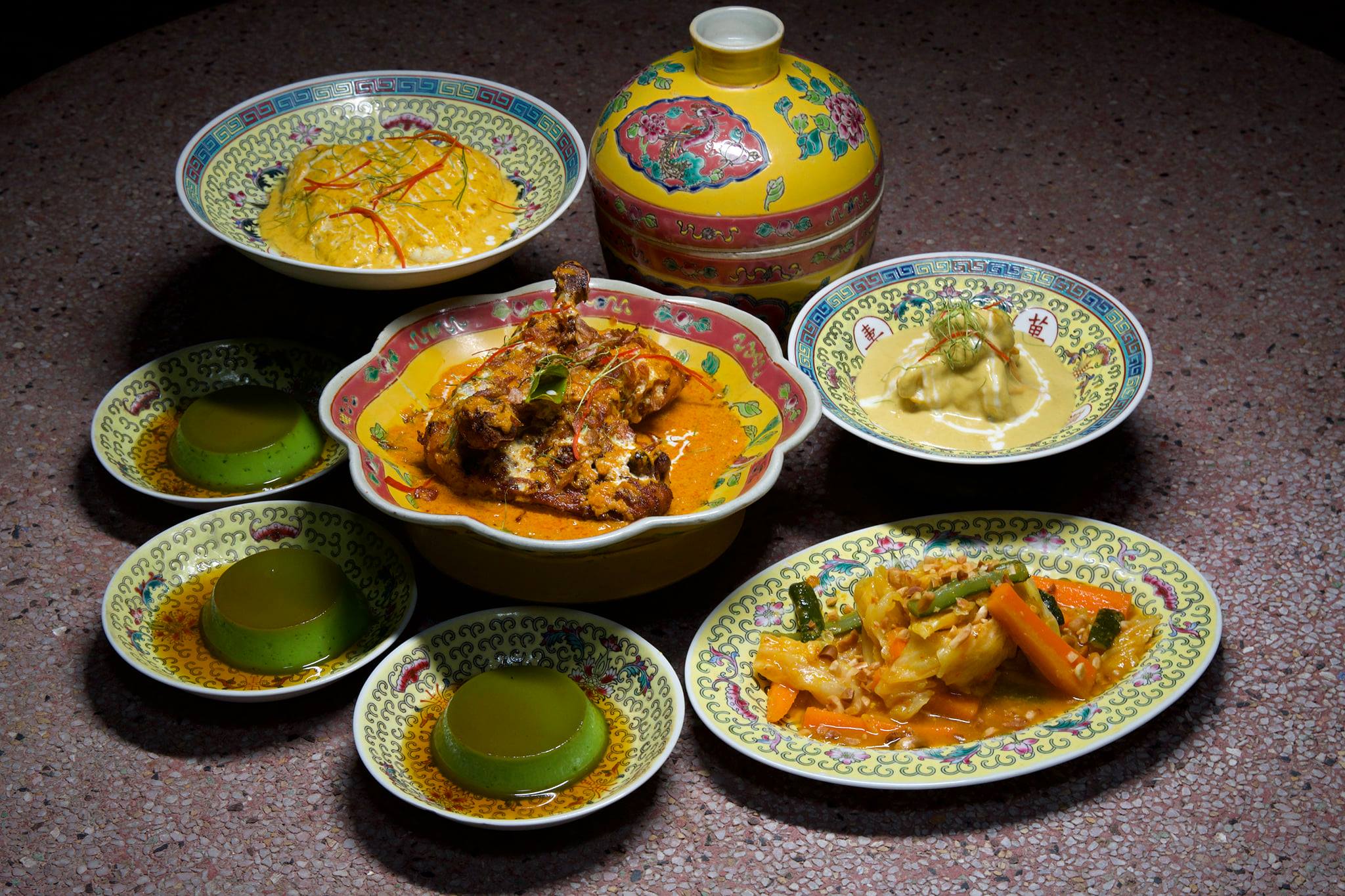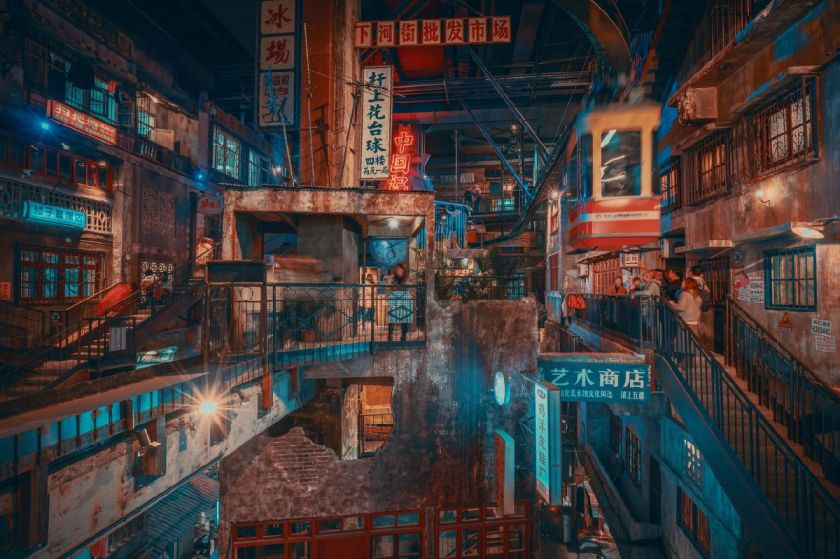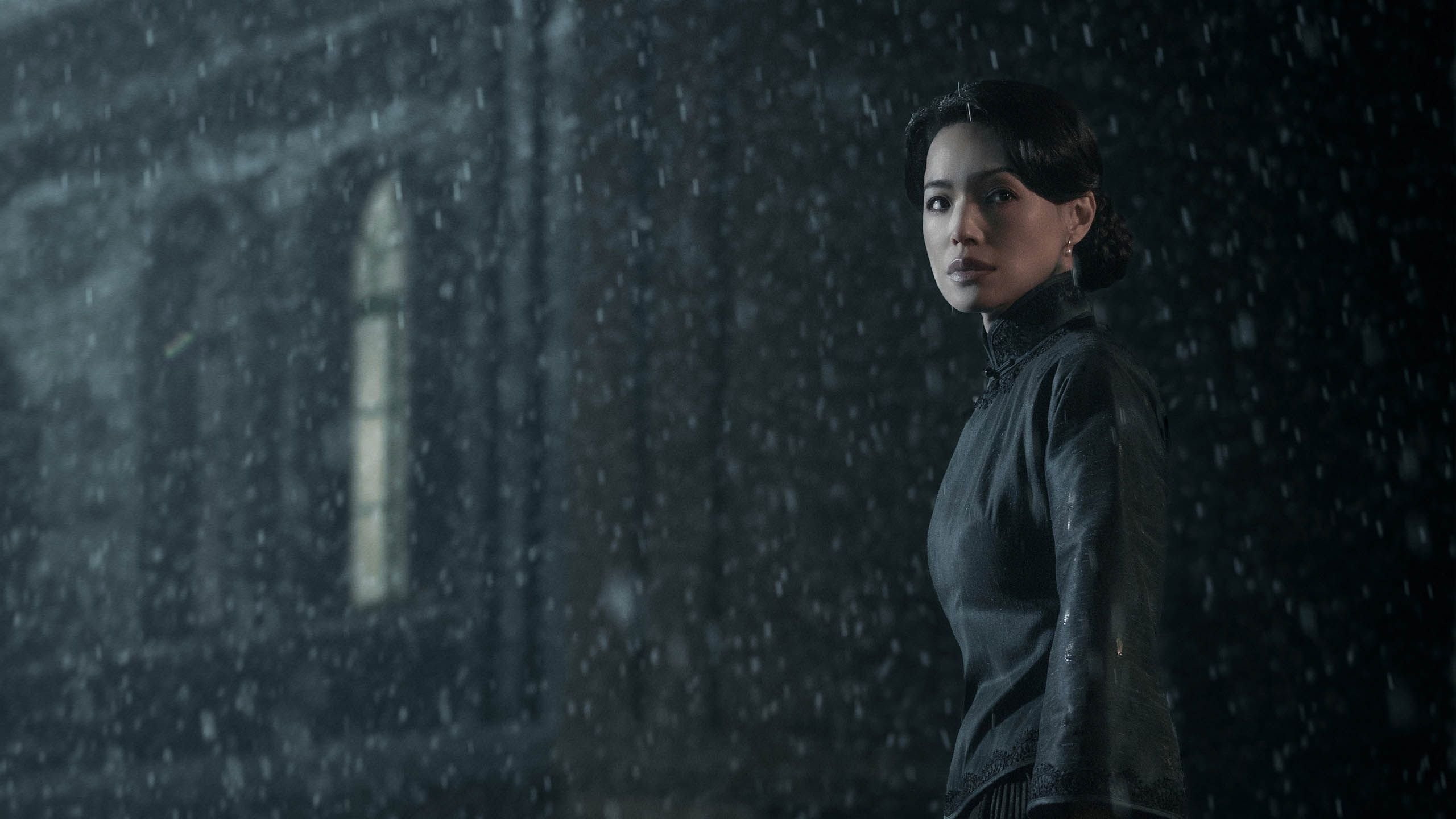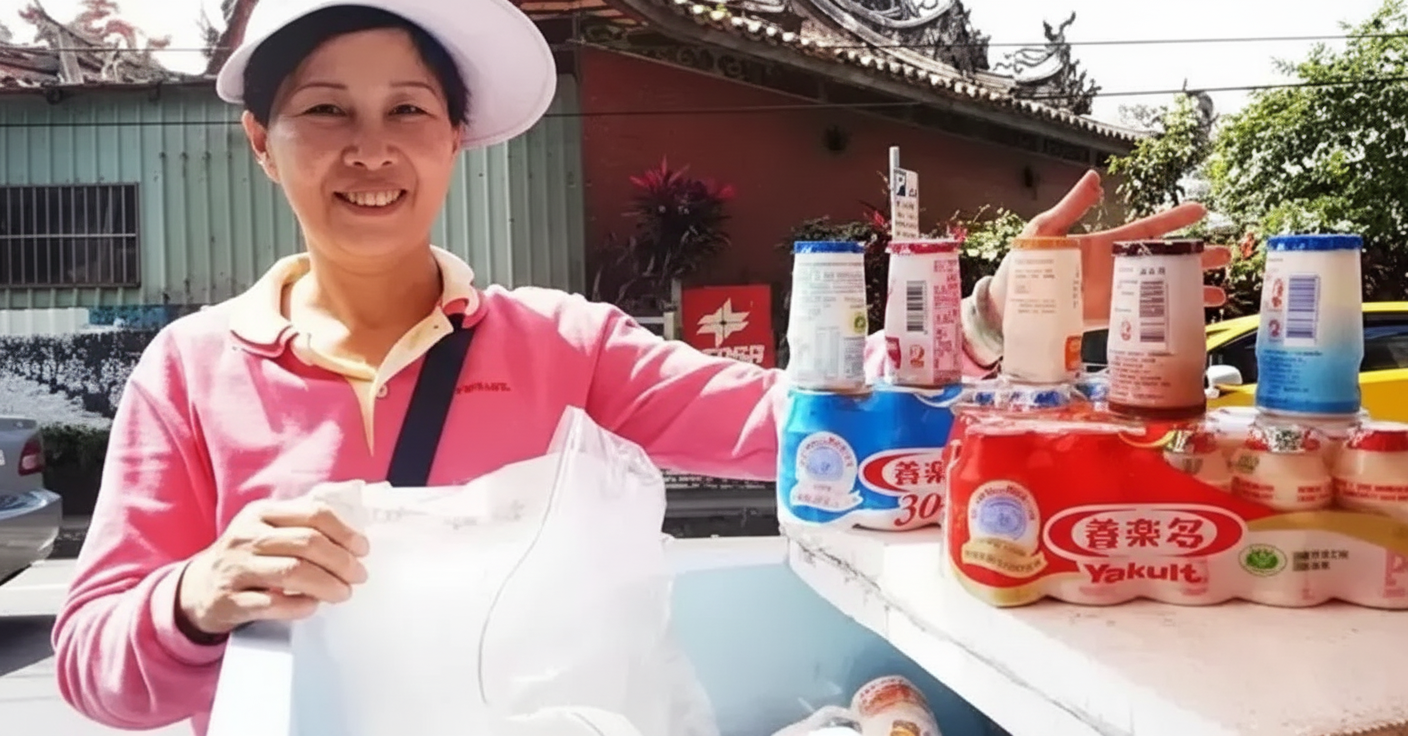This story begins, as many of my stories do, with me sitting around a tea table. This particular tea table was in my friend’s shop in the Wuyi Mountains near the southern coastal city of Fujian. My friend — Wu Xiaozhong, a yancha maker — sat at the other side of the table. He leaned back in his chair, wearing his usual bomber jacket and jeans. With a lanky body and spiked-up hair, he would have passed for a total badass if it wasn’t for the childish smile on his face.
He pointed out the two new items on his shelf. The first was a plaque from the government certifying him as an official tea master; the second was a cardboard check for 40,000 RMB (about $6,000), which he had won as part of Wuyi Shan’s annual tea competition just days before. It seems ironic that something like tea, which usually suggests nature and tranquility, would attract fierce competition, but in Wuyi Shan this contest is a big deal, and has been for hundreds of years.

Tea certification in Wuyi Shan
Let’s first talk about the history of tea competitions. Tea use to be a tribute item, and starting in the Song Dynasty (960–1279 CE), the government held competitions to see which tea was the best, and would therefore be good enough to be offered to the emperor. These competitions, also known as tea battles, were first held on a more casual level in the preceding Tang Dynasty (618-907 CE), when they started to gain popularity. Back then, tea was pressed into cakes to be then broken up into a powder and whisked. Around this time, Japanese monks visited China and brought the tea they found back home, developing it into what we know today as matcha.
In the original competitions, teas were judged for their flavor, color, and foam. The foam had to have the right thickness, and the way the foam was left inside the bowl was treated much the same way as a wine connoisseur looks at the leg marks on a wine glass. Sometimes the competitions would include a picture drawing component, where the brewer would use the foam to paint beautiful scenes such as mountains and rivers, much like latte foam art today. These sorts of competitions are depicted in numerous paintings, but are a far cry from what present-day tea contests look like.
Just as tea as has changed, so have its competitions. Tea in China is no longer made into powder, but instead brewed whole leaf. The tea bowl has been traded for a gaiwan, the vessel preferred by connoisseurs, and instead of one brew, the judges will sometimes taste up to three.
There is more than one competition held in Wuyi Shan every year. The one my friend won this month, however, is the biggest. This is in part due to the fact that it is co-sponsored by the Chinese government, as opposed to other competitions, which are supported with help from large companies. The judges are veterans of the craft who come from long lines of tea makers, and whose previous experience in tea making have earned them high regard. Some of today’s competition judges study tea on a scientific level.
The brews made for the competition are not your standard brews. Each one is drawn out, and the tea is brewed for an amount of time that would be considered too long by the casual drinker. The reason for this is that the over-steeping of the tea unveils any flaws that the tea might have. For example, if the tea leaf was not dried properly and moisture was trapped in it — a common problem for oolongs — your normal 5-15 second brew may not reveal it. The three-minute brew used at these competitions, however, will clearly expose that flaw. When it comes to judging the teas, it is the tea that has the best liquid color and best aroma — and that shows the fewest flaws — that wins.

To win these competitions is no small feat. To even enter, your tea must come from Zhen Yan (“true cliff”), the most highly regarded place for growing yancha. This already means that all the teas entered are among the best. And for the chance to win up to 1.8 million RMB ($273,000 — yes, somebody actually won that), you’d better expect the farmers to put in their best product.
Winning this competition means a lot to a dedicated tea maker. Not only does it mean a large influx of cash via the prize money, and exposure to buyers who make up part of the large crowd of spectators — it also comes with a sense of pride. To win these competitions isn’t luck, and doesn’t happen by accident. My friend explained to me that he had to seriously study his craft for years before he came within reach of the level he’s at now, and he still has much work to do. The tea competitions have been a large part of the Wuyi Shan tea scene — and Wu Xiaozhong’s personal calendar — for hundreds of years, and continue to be to this day.
All photos and video courtesy Wu Xiaozhong (吴孝忠)
















